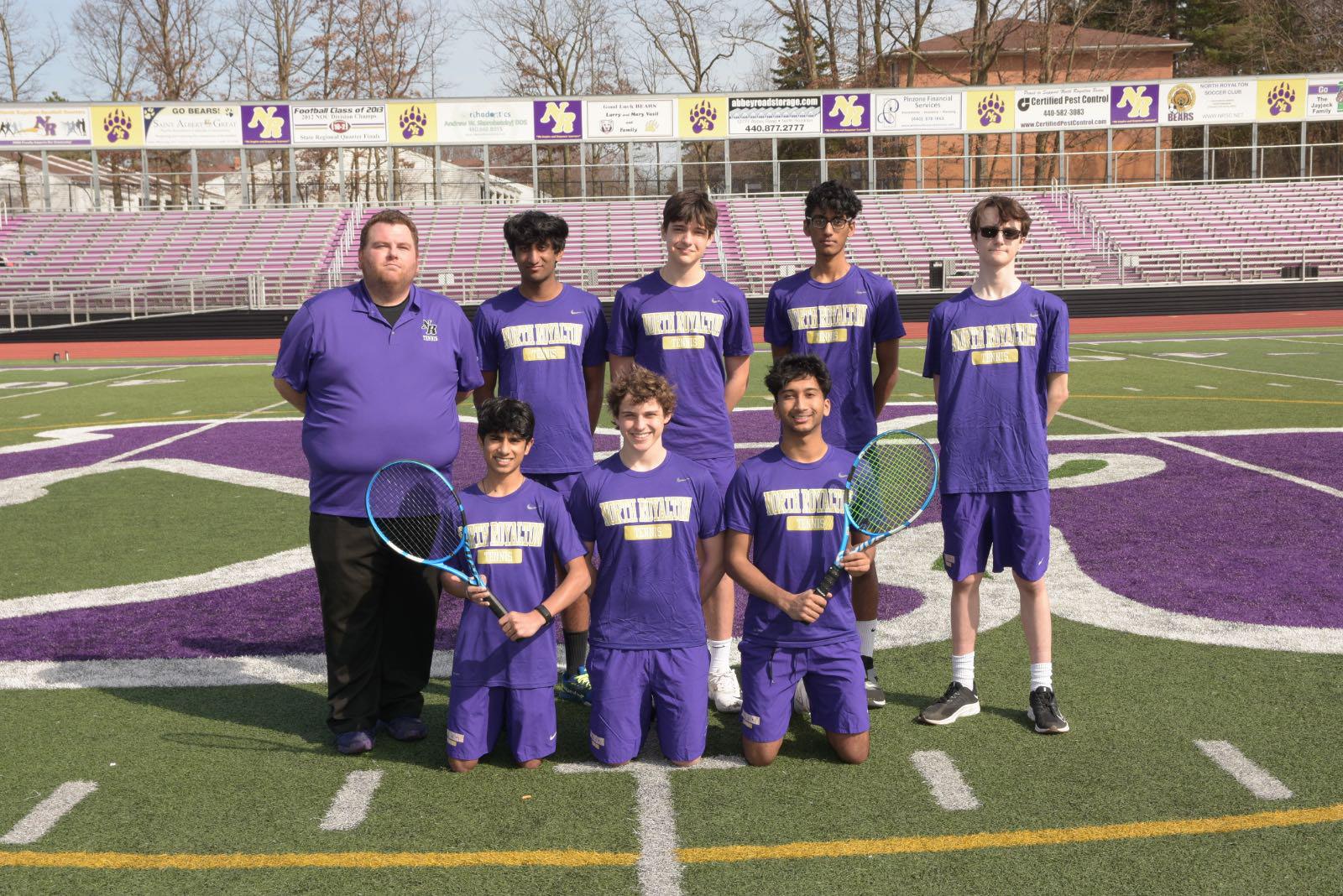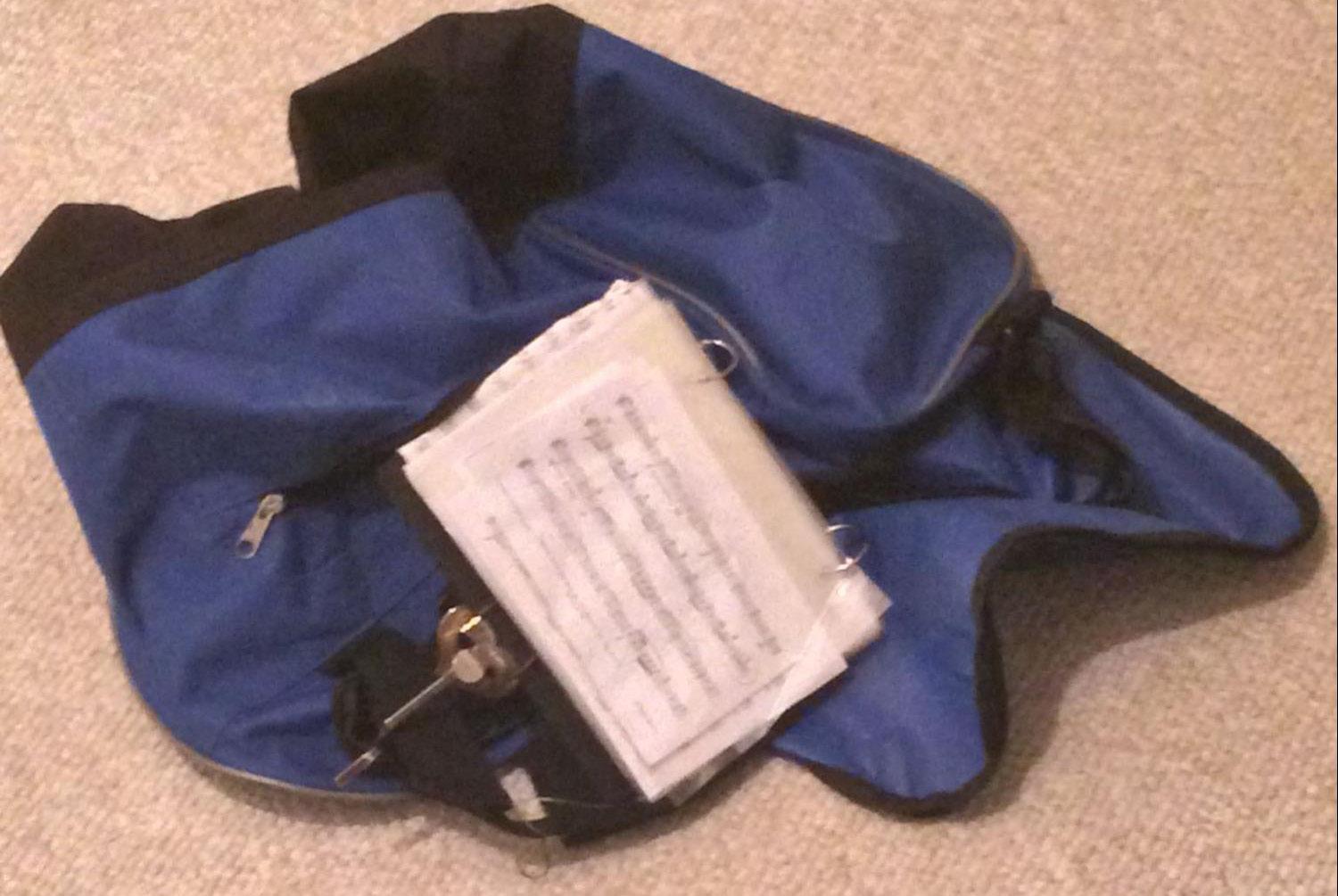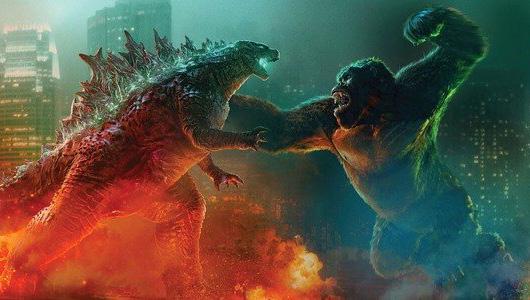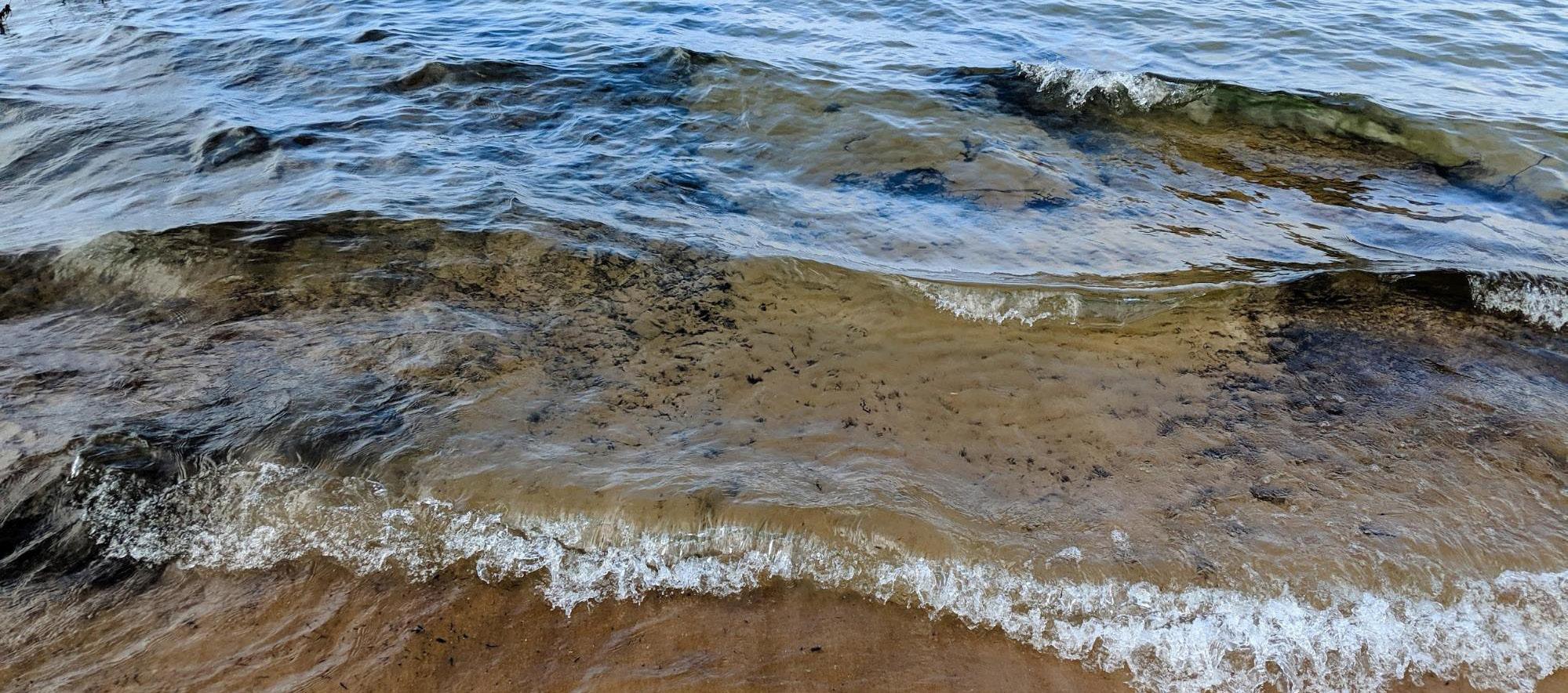
5 minute read
A CLOSER LOOK AT RUSSIA, UKRAINE
INTERNATIONAL TENSION: A CLOSER LOOK AT THE RUSSIAN, UKRAINE CONFLICT
BY MOLLY PETRINA
In the midst of changing worldwide power dynamics and recovery from the global pandemic, the Russian government has taken steps to display its military power over its economically and politically valuable neighbor, Ukraine. While the number of troops and soldiers has varied from source to source, it is quite obvious that the show of strength was meant to be seen. More recently, according to Time Magazine, President Putin has made the decision to pull his troops from the border of Ukraine, suggesting that the deployment was meant to make a point more than to start a war. Further events have occurred in the recent past that caused many to accuse President Putin of attempting to destabilize Ukraine. One such example is Russian passports and citizenship, which the Russian government has been offering to eastern-Ukrainians that supported their cause for the last two years. As for Russia’s internal issues, they have most recently come under fire in the worldwide media for the imprisonment of Alexei Navalny, a lawyer and activist who was extremely critical of President Putin and his administration, accusing them of “sucking the blood out of Russia.” It is hard to understand Navalny’s standing in politics, as he has been called an extremist by some while also being a model for his supporters at the same time. After supposedly being poisoned in August of 2020, Navalny has now been imprisoned for fraud, and then jailed again for violating the terms of his probation. While in jail he went on a hunger strike, appearing to the public days ago in court. He made the same accusations against the Putin administration of making bad decisions for the people of Russia and attempting to keep power over all else. The government has now added Navalny’s political organizations to their terrorist database and officially labeled him an extremist, warning other activists of the government’s power. Everyone seems to have their own opinions on whether or not Navalny is truly an extremist, but the label seems to have wiped his face from Russian cities. In a recent display in St. Petersburg, a mural painted by Navalny was taken down by the city’s police just four hours after being painted.
Russia and Ukraine have had a long and unstable relationship since Ukraine’s membership as a part of the Soviet Union during the Cold War. After leaving the Soviet Union in 1991, Ukraine adopted a republic system that somewhat reflected the governments of the Western part of the world. Despite leaving the Soviet Union, they were still in possession of many of their resources, most notably a significant amount of their nuclear weapons. Because of Ukraine’s position between Europe and Russia, it was valuable to both the Soviet Union and the United States. Ukraine is also a major exporter of agricultural products and natural gas, making it a valuable economic partner to align with. Unfortunately for Russia, after the fall of the Soviet Union, they did not get to align themselves with Ukraine and instead were forced to wager for the return of their nuclear arsenal. In the 1994 Budapest Memorandum, Ukraine promised to return all nuclear weapons to Russia, and Russia promised to respect Ukraine’s territorial boundaries. Russia also accepted Ukraine’s newfound po-
litical relationship with the United States, where the United States attempted to westernize Ukraine and provide the country with financial support.
Since then, Ukraine’s newfound republic has run into many issues as a young government, causing the people of the country to take to the streets multiple times in recent years. The Orange Revolution occurred throughout Ukraine in 2004 when a Russia-supported candidate won an election that was said to be fixed. A month after these protests, the Supreme Court ruled in favor of a new election, which was won by the candidate Yushchenko, who lost the first election. At this occasion, the U.S. supported the protesters, and Russia blamed the U.S. for any additional unrest caused by their support of the issue. 2013 brought a second round of protests, now called Euromaidan, after the same candidate who won the rigged election, Yanukovych, took power of Ukraine in 2010 and made the decision to cut trade ties with the European Union in order to strengthen trade relations with Russia. Yet again, America took the protestors’ side, this time sending Republican Senator John McCain of Arizona to show their support. In 2013, Ukraine’s parliament got rid of the Russian-backed Yanukovych, who then fled the country to Russia.
Most recently, Ukraine’s current president, Volodymyr Zelensky, is currently working at peace talks with Russia and the U.S. over the recent movement of Russian troops near the border of Ukraine. As previously mentioned, Putin has exercised his power over Ukraine with extended Russian citizenship into Ukraine and the annexation of Crimea in 2014. Because of their complicated geographical past, many supporters of Russian agenda still live in Ukraine, mostly in the eastern part of the country. Russian politicians have pointed out that many Russian-speaking citizens are still living in Ukrainian territory. As well as political support, Russia also wants what the U.S. wants, to control the territory between Europe and Russia that Ukraine inhabits. The annexation of Crimea was a show of power that had the world watching to see what Russia would do next. Russia had not taken any extreme further steps to instigate a conflict with Ukraine until now. With political opposition from the outside world and from home, the Russian government now struggles to keep its power in the face of opposition.
As for America, Washington has made sure to be directly involved with the recent developments in both Ukraine and Russia. President Biden has promised Ukraine the support of U.S. resources multiple times and is now in the process of meeting with President Putin to discuss concerns over Ukraine’s territorial and political respect. In the past, President Biden has been accused of withholding aid from Ukraine in order to help his son’s legal issues, an accusation that has been brought up often in the recent weeks. However, there is no evidence that this accusation is true and many point out that this allegation was first waged by an ally of former President Trump in the face of an FBI investigation regarding the 2016 presidential election. Furthermore, the U.S. Secretary of State Antony Blinken is planning to visit Ukraine in the next few weeks to discuss the recent Russian conflicts. At home, the U.S. has been reacting to Russian interference in U.S. elections and hacking of federal agencies by imposing sanctions against Russian institutions such as the Kremlin (Russia’s version of the White House). Significantly, President Biden has also made the decision to expel ten Russian diplomats from the country. By imposing these sanctions and sending Biden to Russia and Blinken to Ukraine, the United States is cementing itself into the conflict as the middleman with interests in Ukraine and personal conflicts with Russia.










